
What is the Difference Between Heat, Fan, Vaporizing and Atomizing Diffusers?Which Diffuser is Best? By Diffuser World A diffuser is any device which allows a liquid to evaporate thereby putting a scent into the surrounding environment. If all you want to do is provide a pleasant scent to your environment, any diffuser will work fine. But if you want to use essential oils for their maximum healing qualities and pure therapeutic benefit, only an atomizing diffuser will do the job 100% effectively. The process of diffusion is typically accomplished in FOUR ways: 1) Heat - By applying heat, either through burning a candle, or by electricity, the increased temperature will cause the essential oil to evaporate into the air releasing an aroma. Pros: Heat will gently produce a scent and fill a room nicely with only a minimum amount of essential oil. Most are economically priced. Cons: Heat has two drawbacks. First, it tends to alter the chemical composition of the essential oil which can destroy its purity and therapeutic value. Second, it may not be therapeutically useful because the size and availability of breathable molecules are mostly filtered out by the nose hairs and nasal cavity. Heat diffusers available on our website: AromaShell™ Tabletop Essential Oil Diffuser, Scent Ball Home Essential Oil Diffuser, Aroma-On-The-Go Car/RV Diffuser. 2) Fan / Ventilation -By utilizing a small fan to create airflow, evaporation is achieved when air passes over a wick or absorbent pad which holds the essential oil. Pros: Ventilation offers an economical and simple way to provide evaporation. Since there is no heat involved, the chemical composition of the essential oil remains intact. Ventilation is a good way to scent a room as long as it’s not too large.Oil usage is minimal. Usually economically priced. Cons:Aroma has limited reach. The minimal size and availability of breathable molecules compromises therapeutic benefits. Fan Diffusers available on our website: MIO Battery Operated Essential Oil Diffuser, SPAScenter Tabletop Diffuser. 3) Vaporization /
Humidification - By using water and essential oil mixed together, a mist can be
formed which will fill the air. This mist is produced through ultrasonic waves assisted with a fan to force the
mist into the environment. Pros: Humidification alone has many benefits especially in dry climates. Also, the negative ions in the water vapor can help filter the air. Using vaporization with essential oils will produce a nice scent in an average sized room. Many vaporizers are equipped with colorful lighting, and a variety of timer options, and are whisper quiet.Essential oil usage is minimal. Cons: Humidification can be undesirable in high-humidity climates. It is a less effective
way to provide aromatherapy because the majority of the mist is water vapor which quickly drops from the air. Most
vaporizers will only run up to five hours on a single filling. Vaporizing diffusers available on our website: Aroma-Classic™ Vaporizing Diffuser, SHA Vaporizing Diffuser, Sprout Vaporizing Diffuser, YUN Vaporizing Diffuser, Commander Tri-Jet ® 672 High-Volume Forced Air Vaporizer. 4) Atomization - This new technology uses a cold air pump to force essential oil molecules through an atomizer and into very tiny particles; these atomized molecules become a micro fine vapor that float through the air and keep your environment therapeutically rich for extended periods of time. Pros: Atomization is absolutely the best way to provide both aroma and therapeutic healing value with essential oils because it does not alter the chemical composition of the oils. It breaks down pure essential oil molecules without separation of the mixture. It produces a particle size small enough for the lungs and body to absorb them rapidly. Most are equipped with built-in timers and pressure output controls for full control over the oil consumption. No method of diffusing is as effective in preserving the natural healing qualities of essential oils. Diffuser World builds the atomizing diffusers in the USA. Cons: Units can be more expensive as it is more costly to create a steady pressurized air flow than to create heat or rotate a fan. Cold air jet technology is not silent. More oil is consumed. Atomizing diffusers available on our website: Aroma-Ace™ Essential Oil Atomizing Diffuser, Aroma-Breeze™ Essential Oil Atomizing Diffuser, Aroma-Globe™ Essential Oil Atomizing Diffuser, Aroma-Pro™ Essential Oil Atomizing Diffuser, Aroma-Whisper™ Essential Oil Atomizing Diffuser, Scent Master 5000™, Aroma2Go™ USB Diffuser.
|
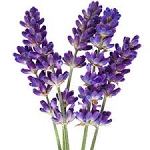
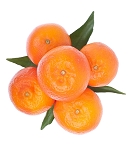
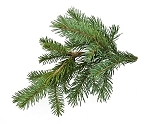
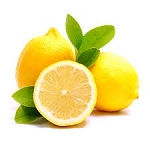
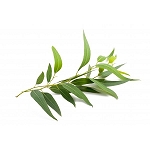
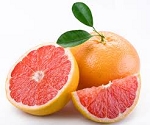

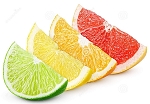

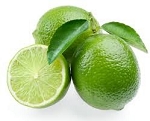
|
Products |
| Home Diffusers |
| Accessories |
|
Articles |
What is the Difference Between Heat, Fan, Vaporizing and Atomizing Diffusers?
Which Diffuser is Best?
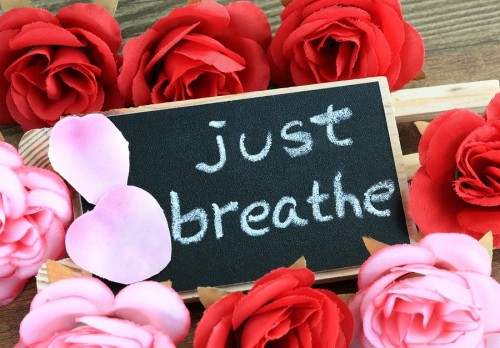
Home Diffusers Accessories Articles Contact Us
Copyright © 2006-2021 Unique Scented Products | www.uniquescentedproducts.com | All Rights Reserved.